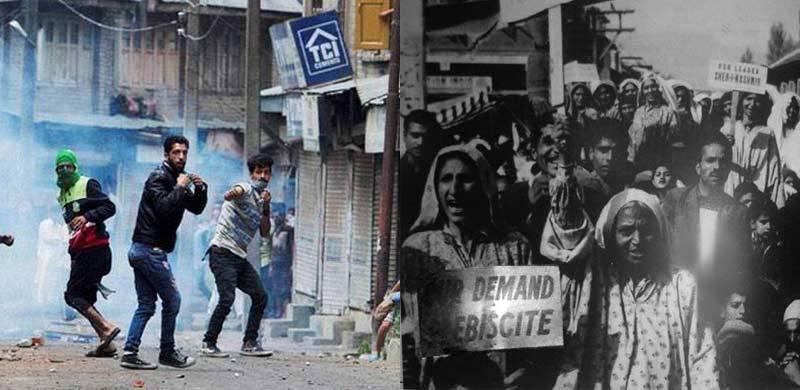
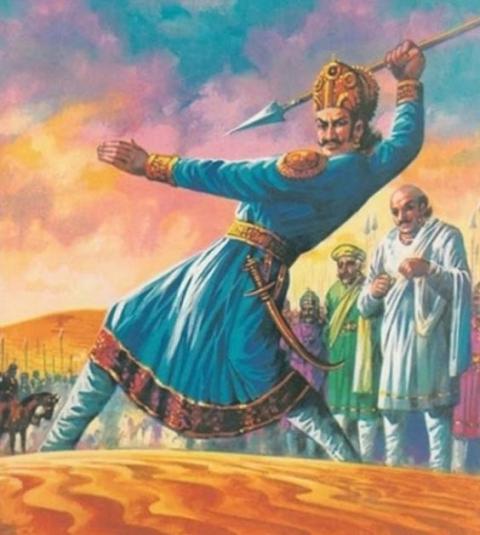
The region of Kashmir was ruled by a succession of Hindu kings till the 14th century.
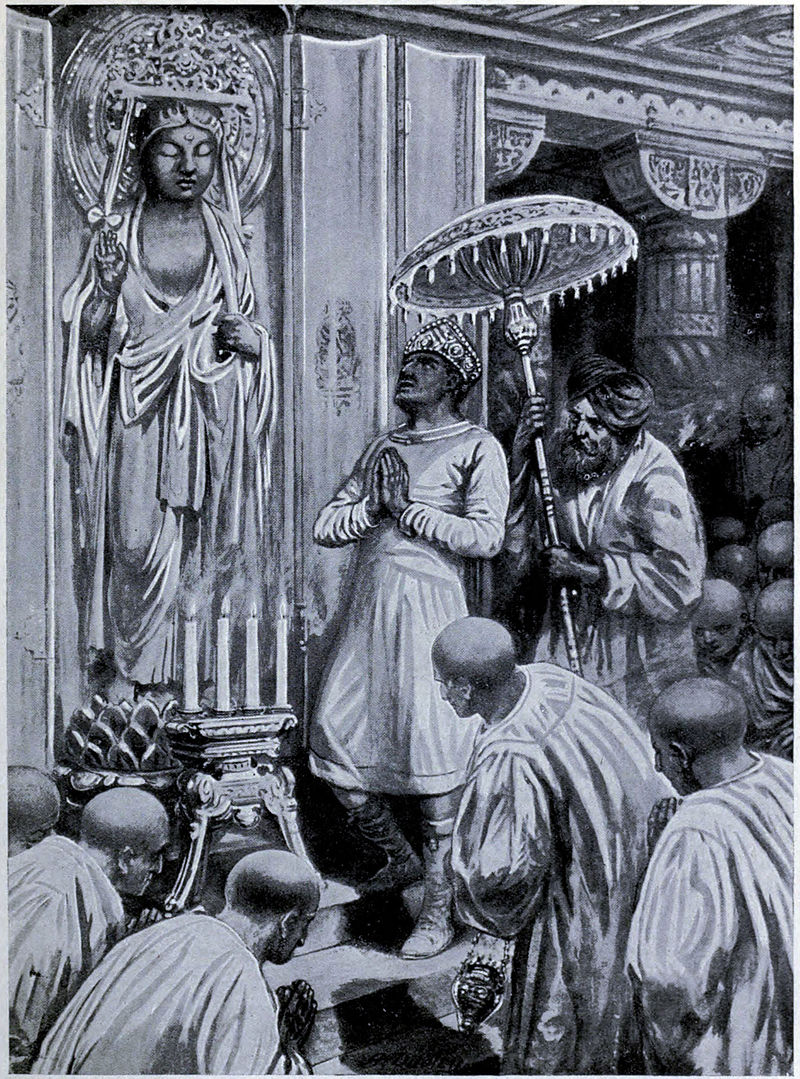
Buddhism spread in Kashmir during the rule of King Asoka (268-238 BCE) -- a Hindu who converted to Buddhism.
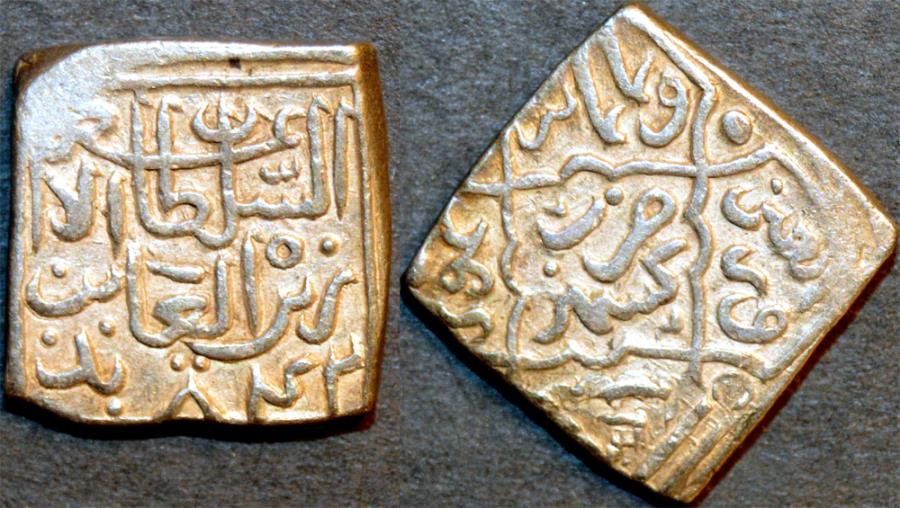
Coins in Kashmir minted by India’s Muslim Sultans (the Delhi Sultanate). In the 14th century Kashmir became part of the Delhi Sultanate and its Muslim population increased.
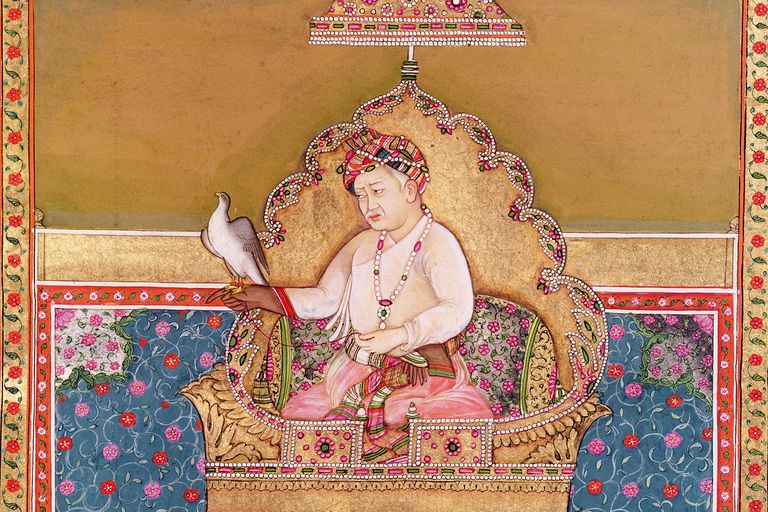
In the 16th century, Mughal king Akbar annexed Kashmir.
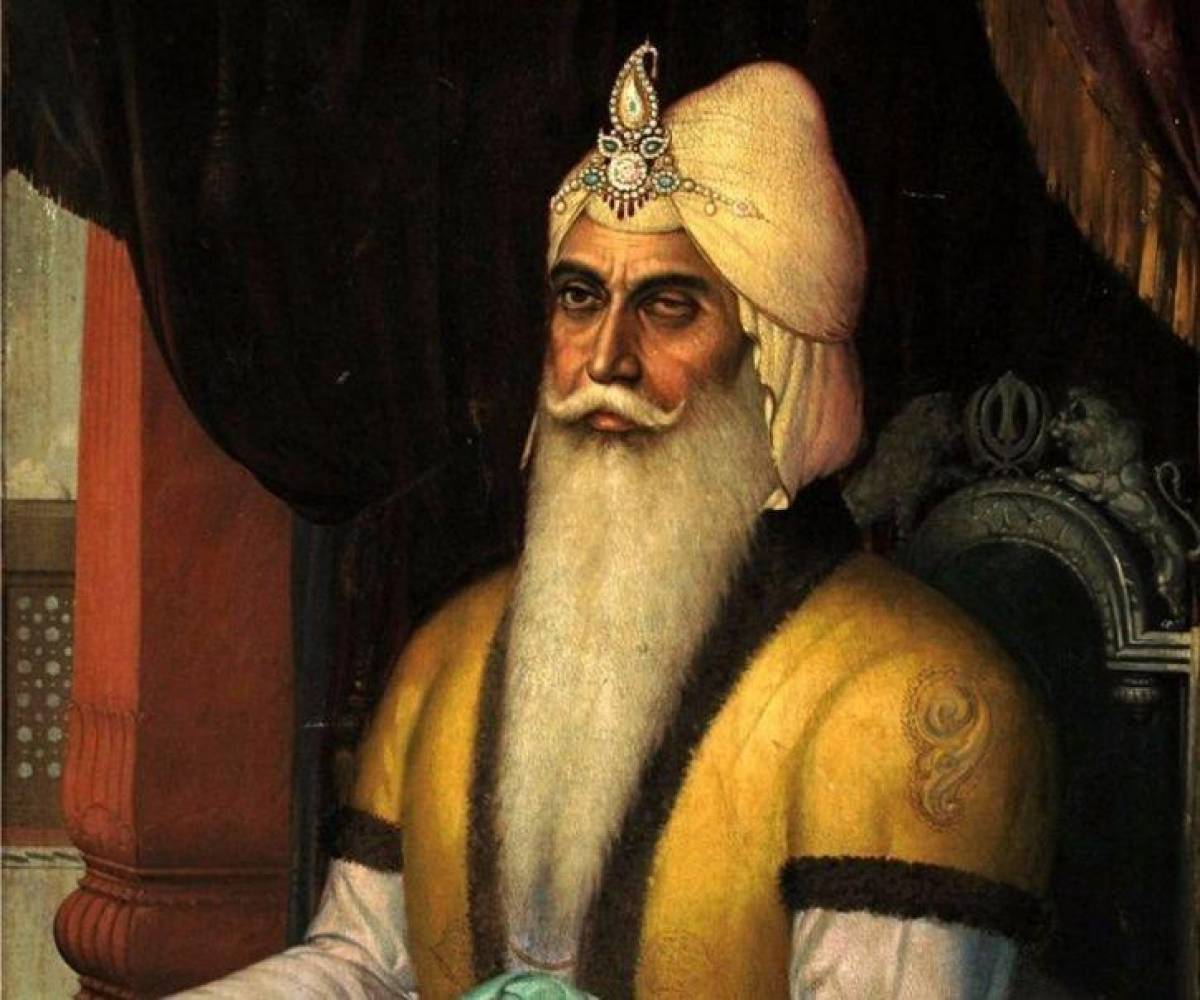
After centuries of Muslim rule, Kashmir fell to the Sikh warrior-king, Ranjit Singh in 1820.
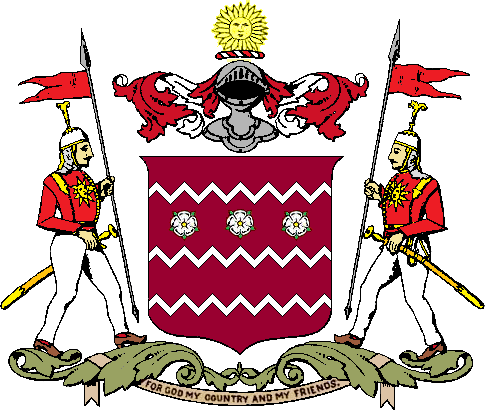
Coat of Arms of the Jammu Kashmir (J&K) princely state. The state was created by the British after it defeated the Sikh 1846.
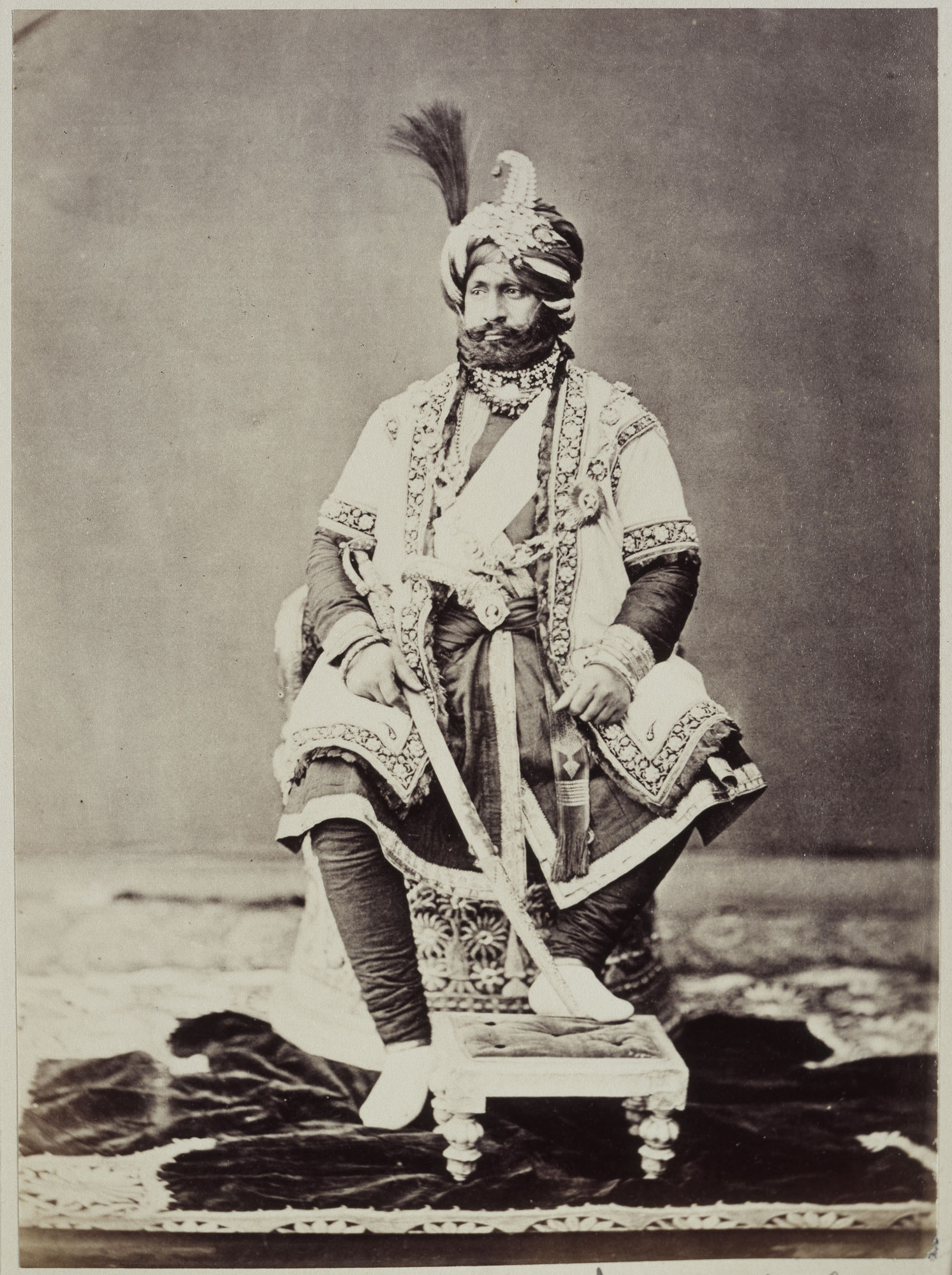
The British agreed to let Gulab Singh become the first Maharaja of Jammu Kashmir.
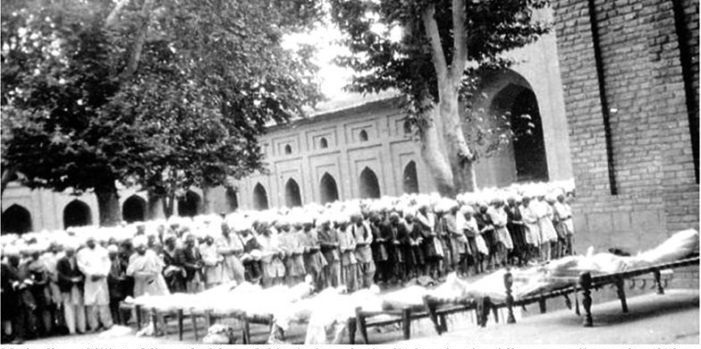
Funeral prayers being held for those killed during the 1931 riots in Srinagar. The Muslim majority of J&K had risen up against the rule of Maharaja Hari Singh. The protests were brutally squashed.
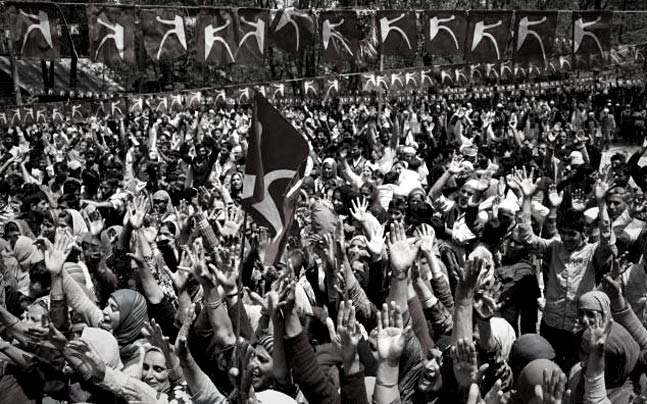
Launch ceremony of the All Jammu Kashmir Muslim Conference (AJKMC). A secular party, the AJKMC declared that it would strive for the rights of the Muslim majority of J&K and demanded that the region be merged with British India.
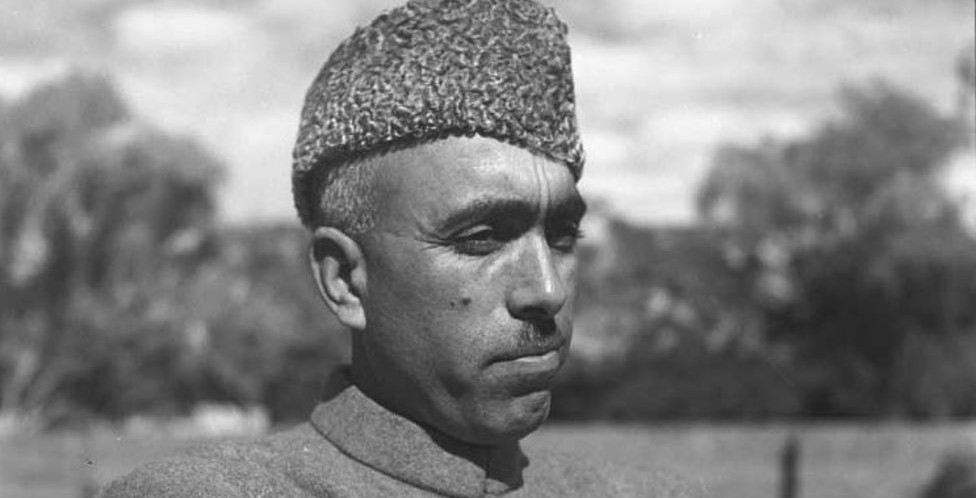
Sheikh Muhammad Abdullah, one of the founders of AJKMC.
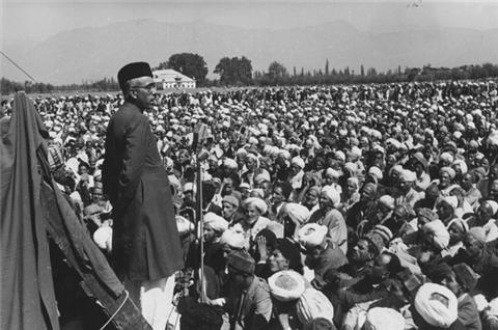
Abdullah holding a rally in Srinagar in 1940 after AJKMC changed its name to National Conference and became entirely secular.
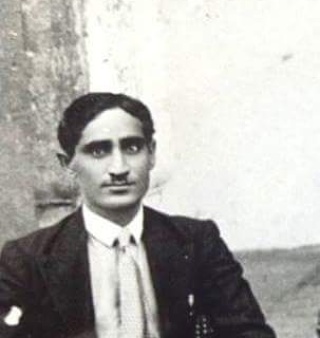
Ghulam Abbas was a close comrade of Abdullah. But in 1941 he quit the National Conference and formed the Muslim Conference. He also became a supporter of Muhammad Ali Jinnah’s All India Muslim League (AIML) that had understood Kashmir as part of a future Pakistan due to the region’s Muslim majority.
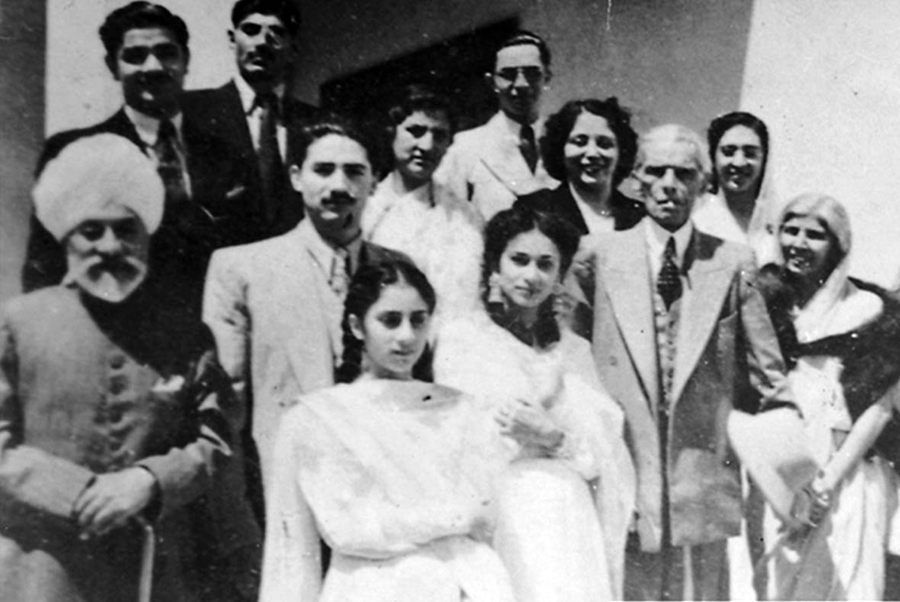
Jinnah (third from right) in Kashmir in 1944. He had gone there to forge AIML’s ties with the Muslim Conference.
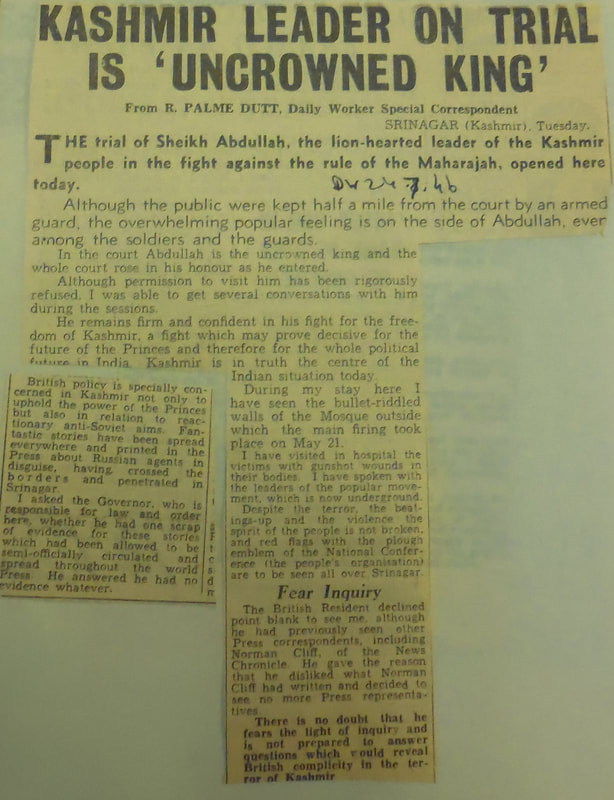
In 1946 Sheikh Abdullah was arrested when his National Conference launched a movement against the Maharaja of J&K.
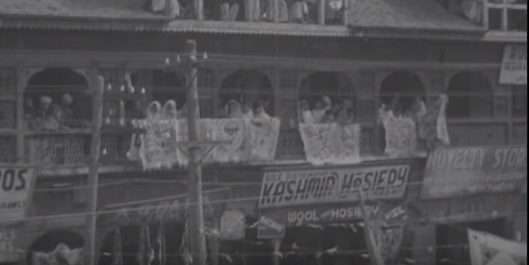
The same year (1946) the Muslim Conference too launched its own protest movement against the Maharaja.
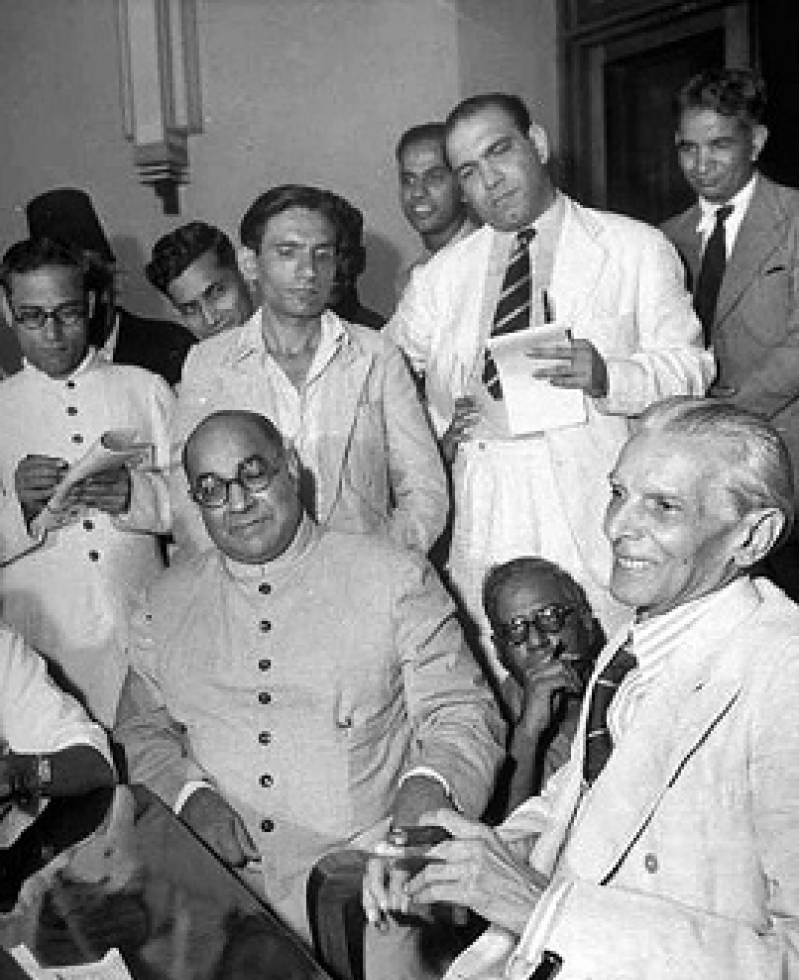
In July 1947, a month before the creation of Pakistan, AIML leaders Jinnah and Liaquat Ali Khan told reporters that they would want Kashmir to become part of Pakistan, but would also support an ‘independent Kashmir’ (that is neither part of Pakistan nor India).
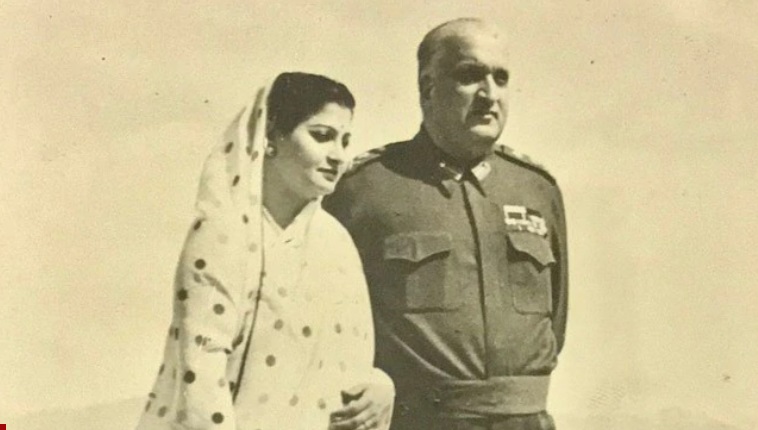
After the August 1947 Partition, Kashmir’s last Maharaja, Hari Singh, remained undecided about whether to join Pakistan, India or remain independent. Kashmir had a Muslim majority but was being ruled by a Hindu Maharaja.
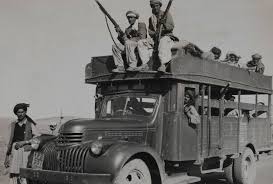
A ‘battalion’ of armed Pashtun tribesmen that was part of an ‘invasion’ of Kashmir in September 1947. The tribes had the backing of the Pakistan government.
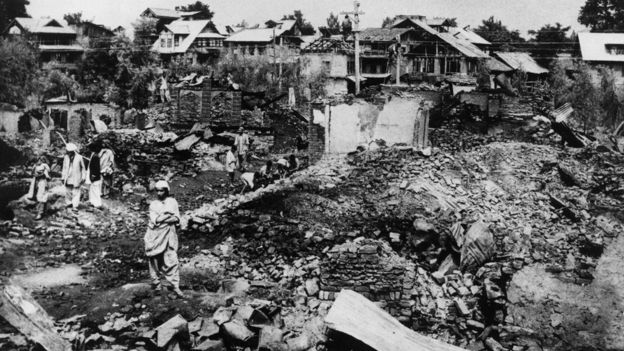
In October 1947, an armed rebellion by groups of Muslims and the Muslim Conference against the Maharaja erupted in the Poonch area of Kashmir. The rebels appealed to the government of Pakistan to intervene.
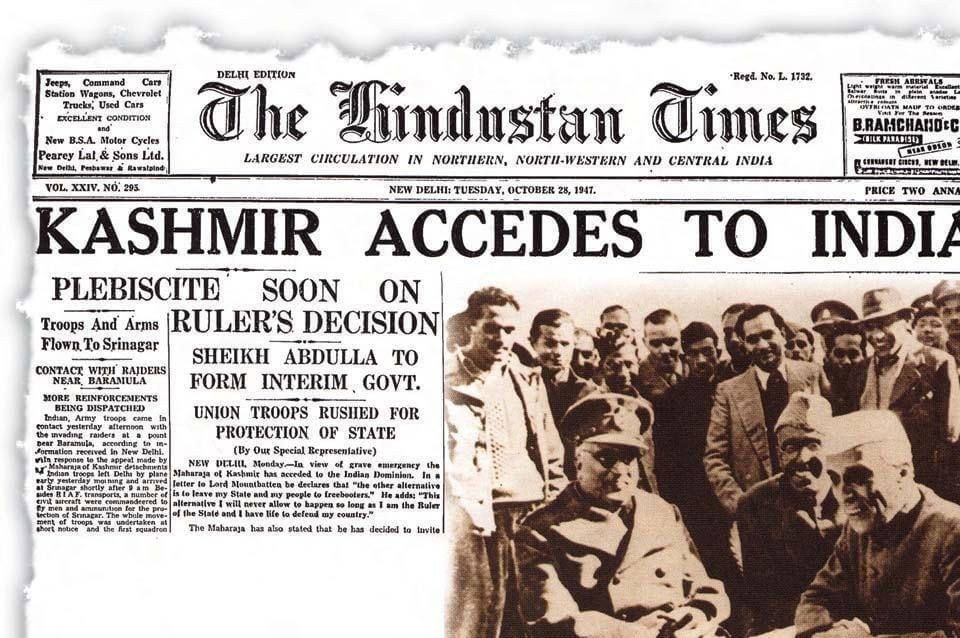
On October 27, 1947, facing a rebellion in Poonch and attack by Pakistan-based tribal militias, the Maharaja acceded Kashmir to India.
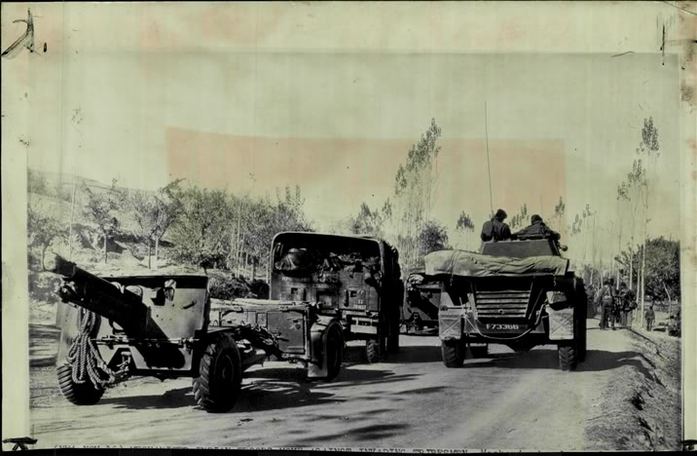
Indian troops moving into Kashmir on the Maharaja’s request.
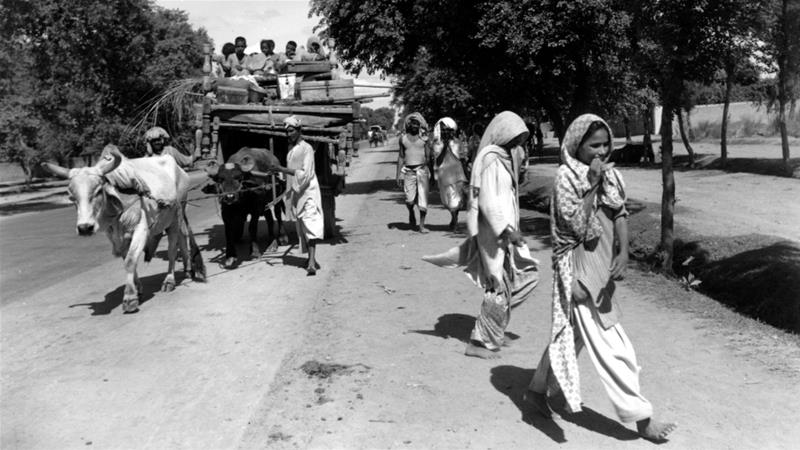
In November 1947, hundreds of Muslims in Jammu were killed and thousands displaced after being attacked by Hindu nationalist militias.
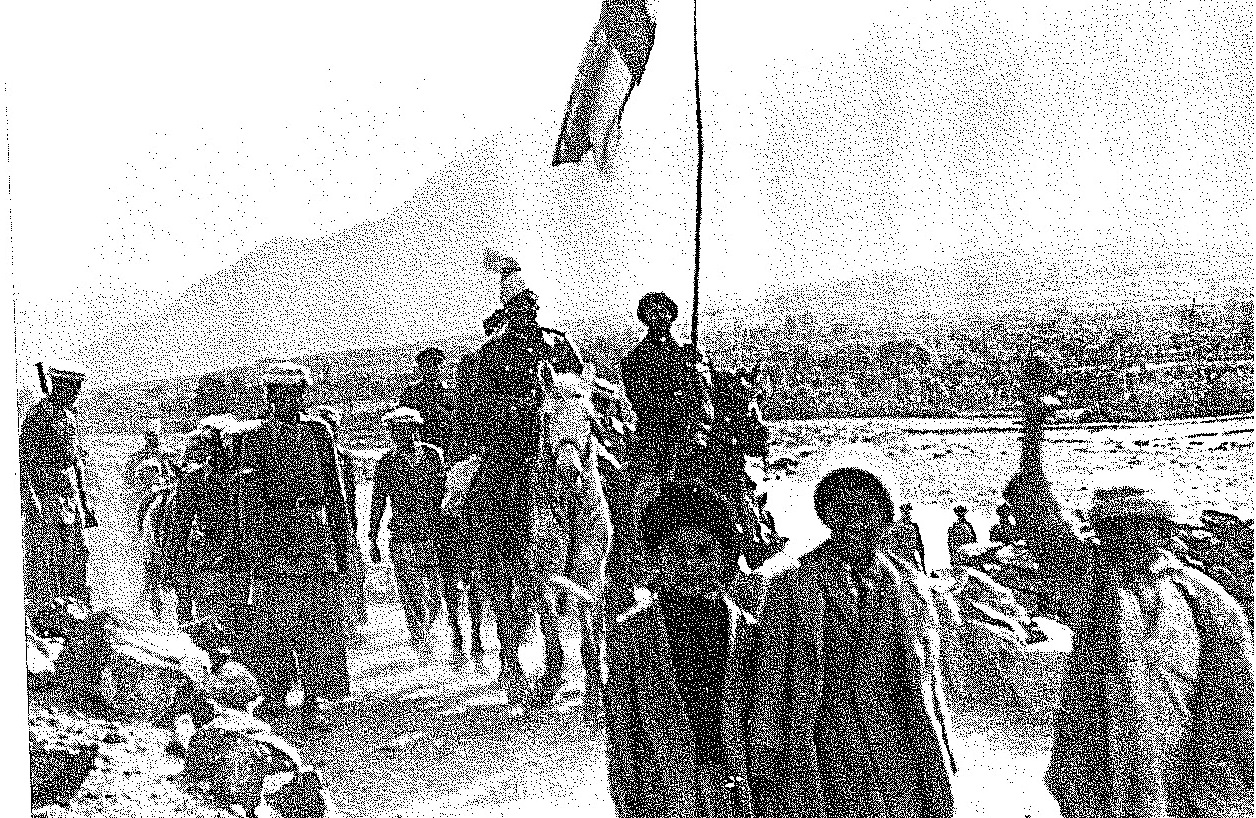
In November, 1947, the Maharaja’s military officers in Gilgit mutinied. On November 16, the officers dismissed the Maharaja’s government. Pakistani political agents took over the administration of Gilgit.
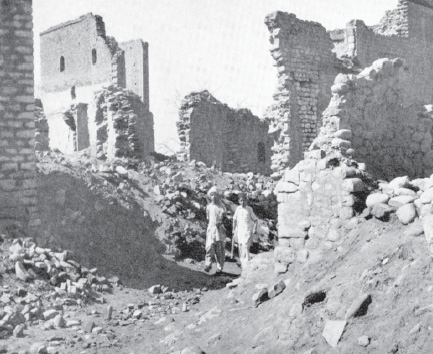
On November 25, 1947, the Kashmiri city of Mirpur fell to the rebels. Dozens of Hindus and Sikhs were killed.

In January 1948, Indian nationalist leader, Mahatma Gandhi, was assassinated by a Hindu nationalist.
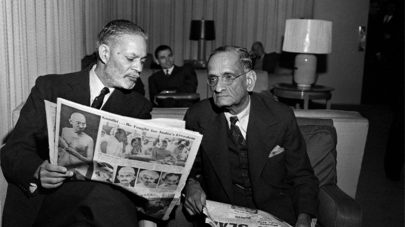
Pakistani and Indian representatives at the UN in early 1948 to discuss Kashmir.
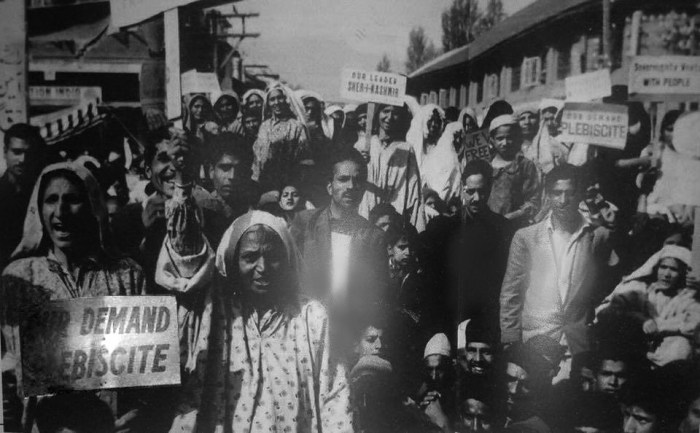
In March 1948, the UN Security Council passed Resolution 47 that asked India and Pakistan to resolve the Kashmir issue through a plebiscite.
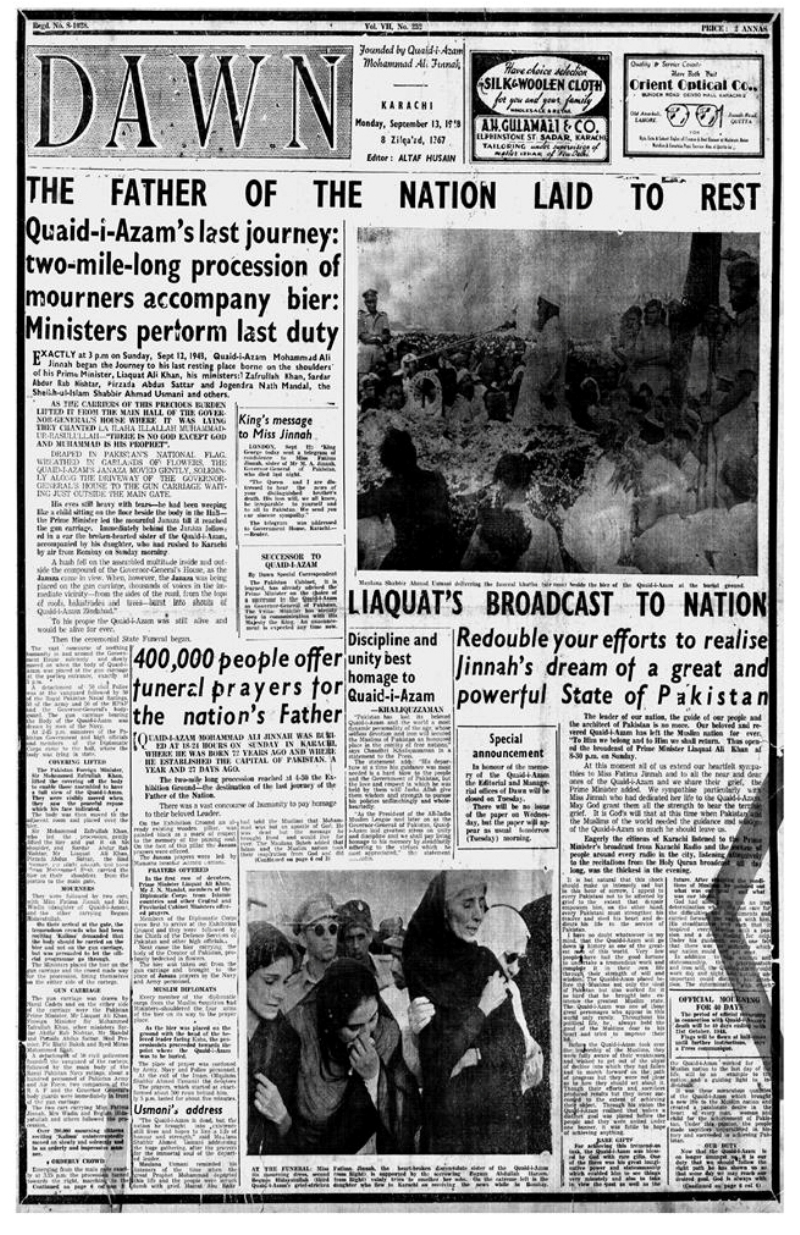
In September 1948, Pakistan’s founder, Muhammad Ali Jinnah, passed away.
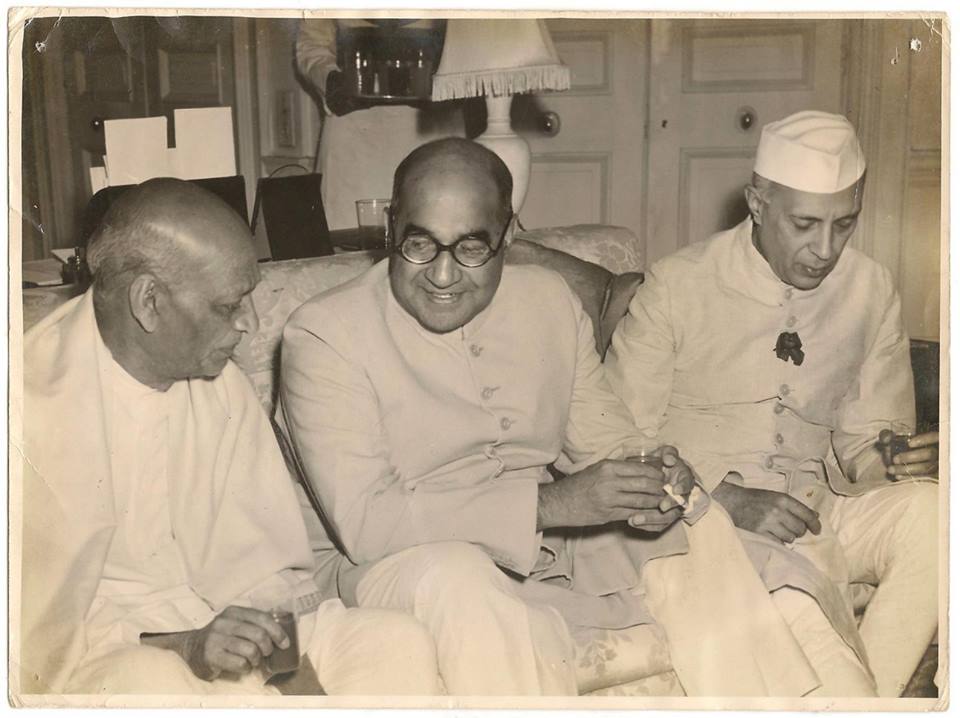
Pakistan’s PM Liaquat Ali Khan (middle) with Indian PM Jawaharlal Nehru. In January 1949, Pakistan and India agreed to a ceasefire in Kashmir. According to an agreement, the Kashmir Valley, most of Jammu and Ladakh would be administrated by India; whereas Pakistan would control Kashmir’s western districts (Azad Kashmir) Gilgit and Baltistan.
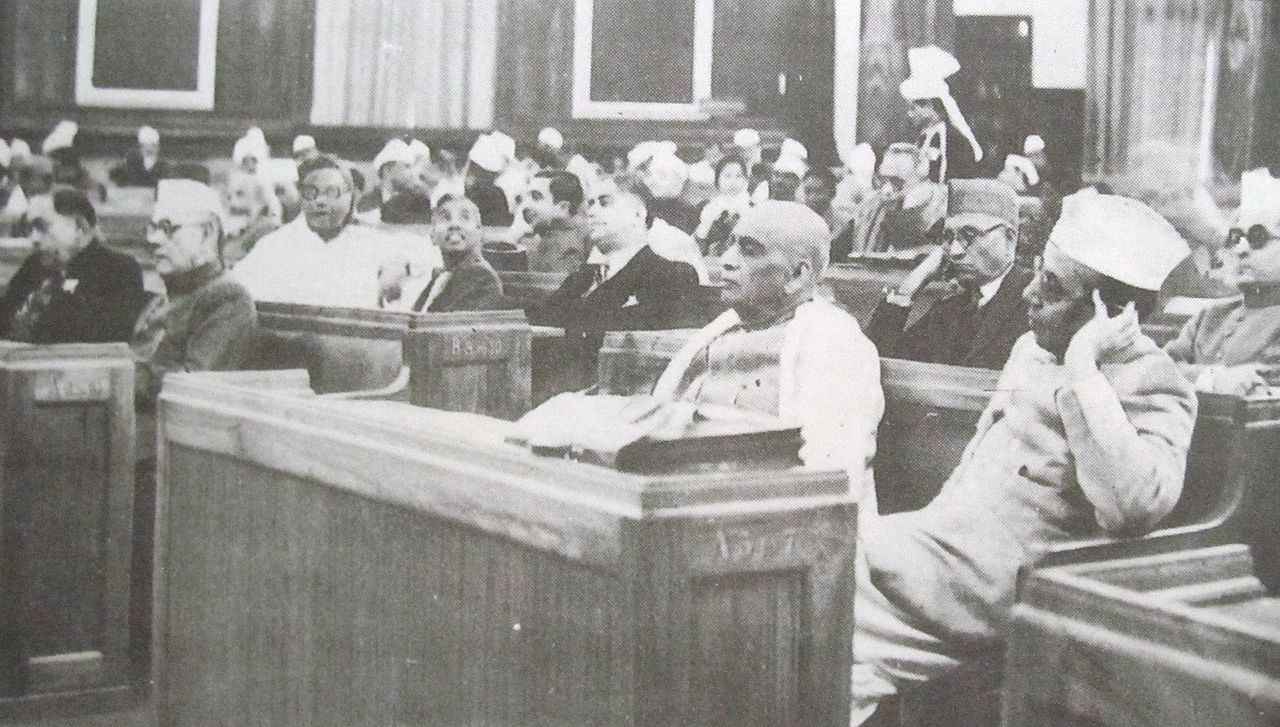
In October 1949, the Indian Constituent Assembly adopted Article 370 of the Constitution, ensuring a special status and internal autonomy for Jammu and Kashmir, with Indian jurisdiction in Kashmir limited to the three areas agreed in the Instrument of Accession: defense, foreign affairs and communications.
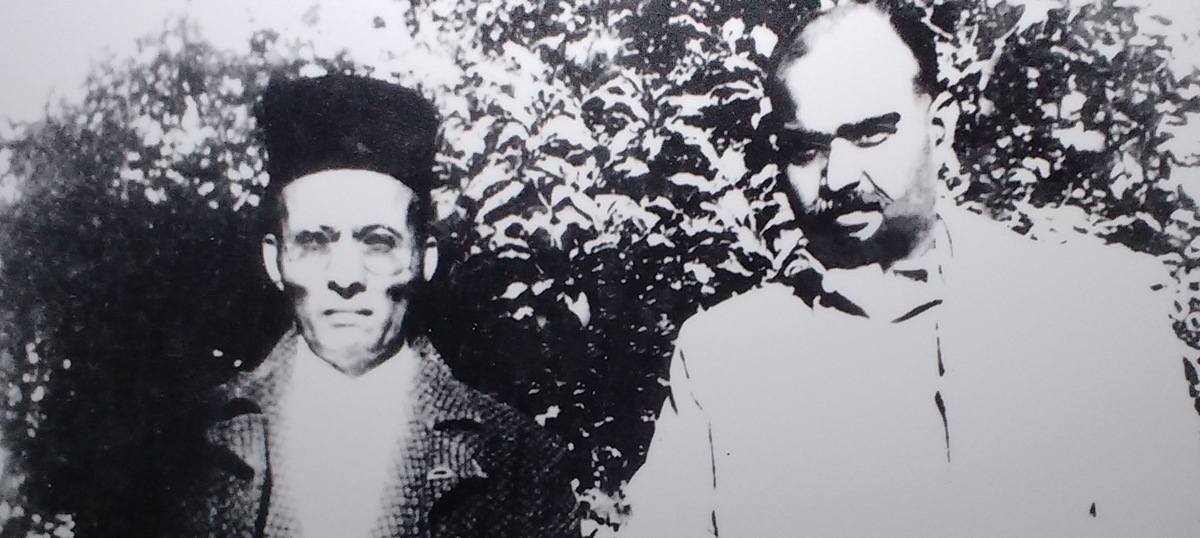
Syama Prasad Mukherjee (right), who in 1951 formed the Hindu nationalist party, the Bharatiya Jana Sangh -- which, three decades later, became the Bhartiya Janta Party (BJP). Mukherjee rejected Article 370 and tried to enter J&K to hold rallies against it but was arrested. In June 1953, he died in prison from a heart attack. His death sparked riots in Delhi.
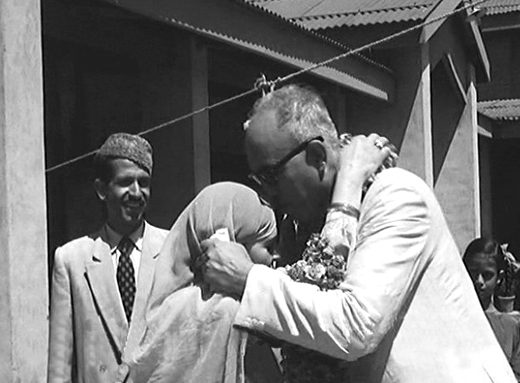
In 1958, a case of conspiracy was registered against Shaikh Abdullah (for demanding Kashmir’s independence).
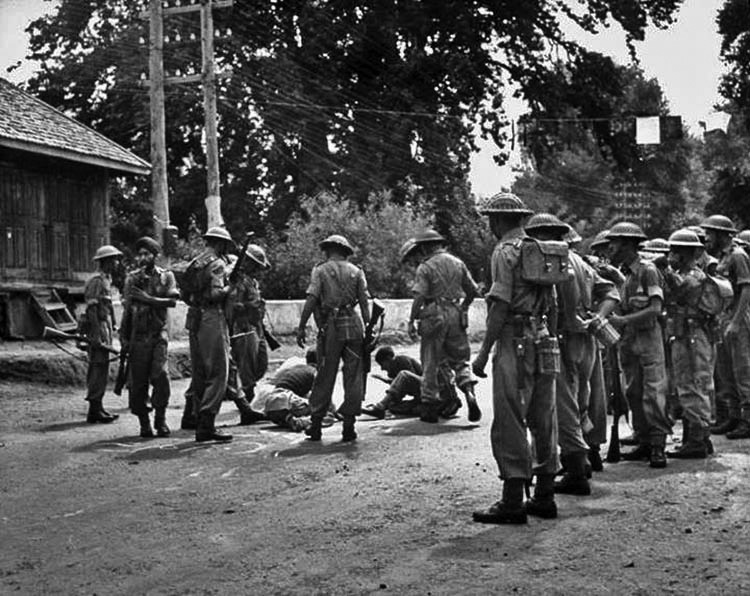
Indian troops surround two young men in Srinagar who were demanding Abdullah’s release.
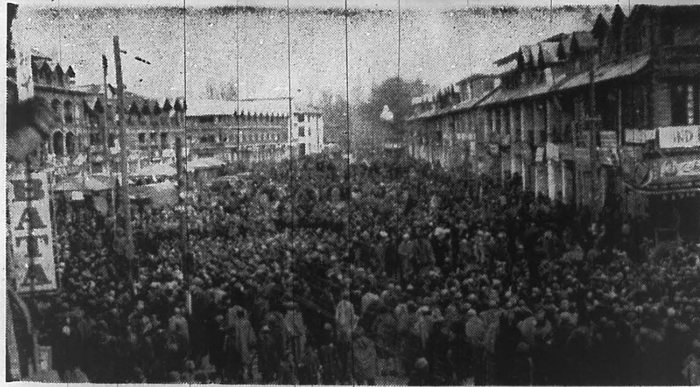
Mass protests against Indian government erupted in Srinagar in December 1963.
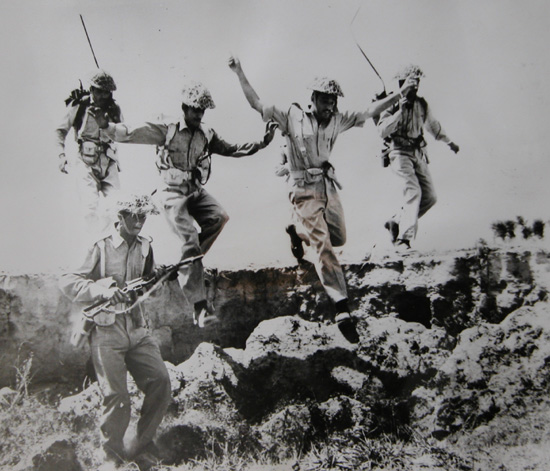
The second Pakistan-India War (1965). The war ended in a stalemate in January 1966.
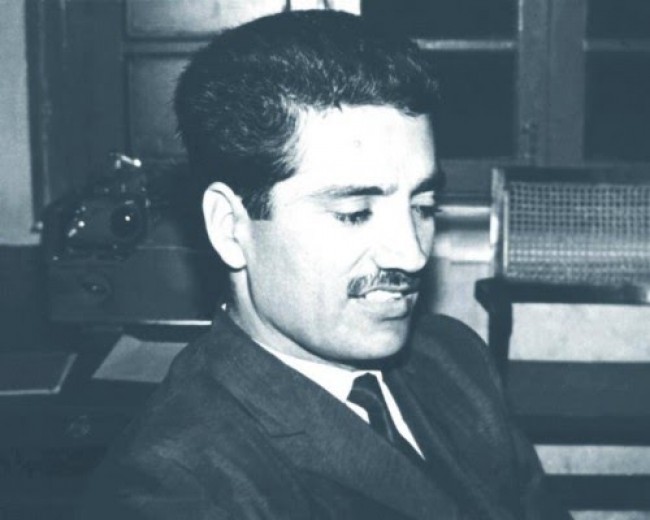
In 1966, Kashmiri nationalist leader, Maqbool Bhat, formed the radical Jammu Kashmir Liberation Front (JKLF).
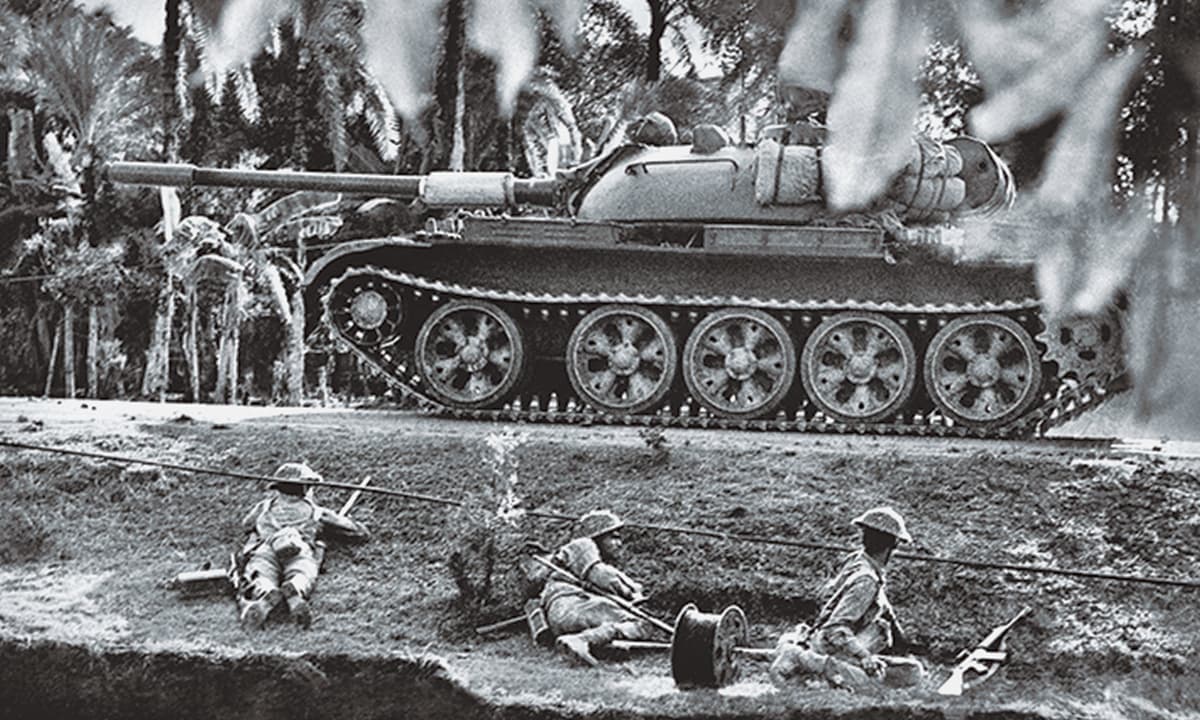
The third Pakistan-India War (1971). Pakistan lost its Eastern Wing which became Bangladesh.
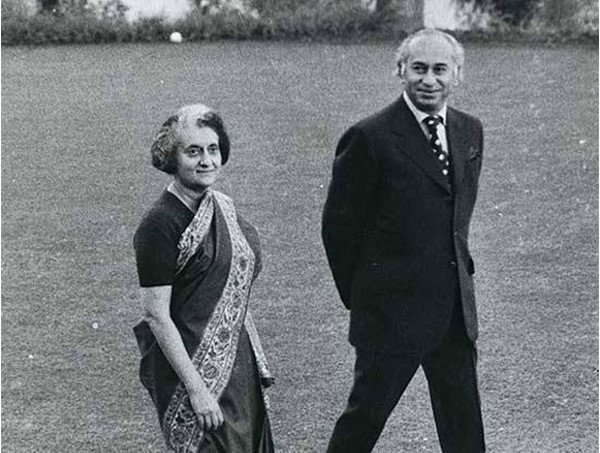
Pakistani PM ZA Bhutto and Indian PM Indira Gandhi in Shimla, Kashmir, 1972. Both signed an agreement that stated the final settlement of Kashmir would be decided bilaterally in the future and that both sides would respect the Line of Control (LoC).
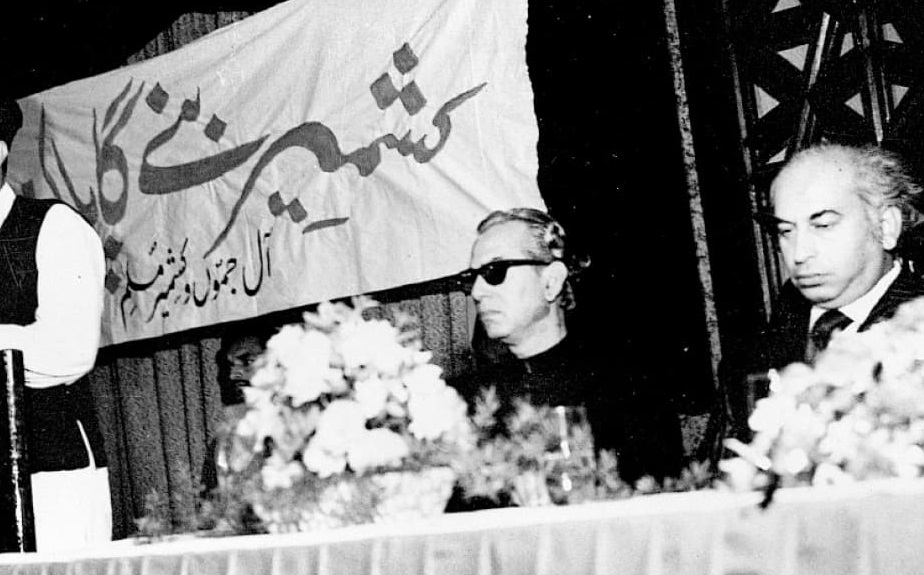
PM Bhutto at a Kashmir seminar.
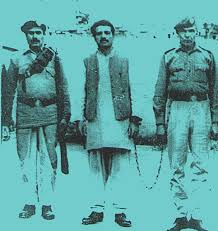
In 1984 JKLF leader, Maqbool Bhat, was executed by the Indian government for the kidnapping and murder of Indian diplomat Ravindra Mhatre in UK.
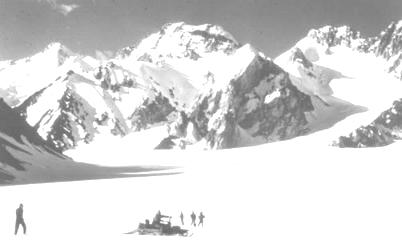
In April 1984, Indian forces occupied Siachen Glacier region of Kashmir. In Pakistan, military dictator, Zia-ul-Haq, was severely criticized for ‘allowing’ this.
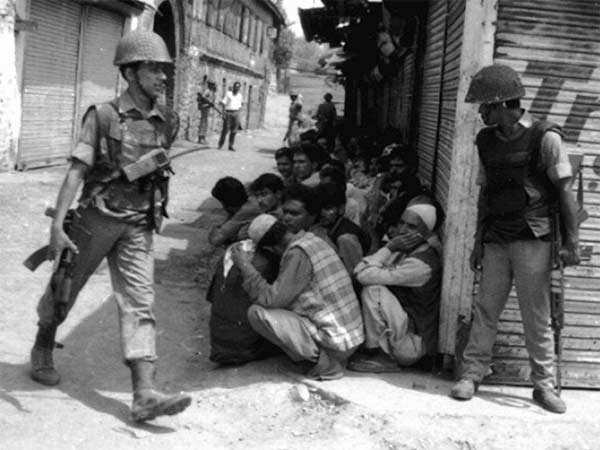
In 1988, violent protests erupted in J&K. Dozens were killed and many arrests were made.
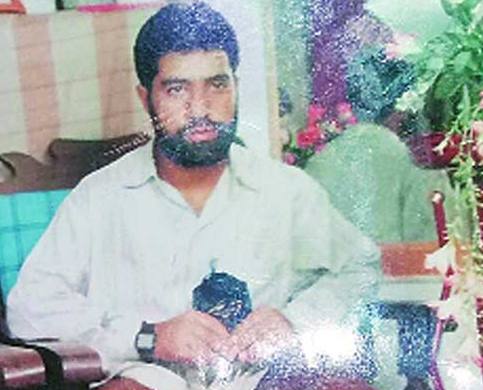
Ahsan Dar, the founder of Hizbul-Mujahideen in 1989. Dar was a member of Jamat-i-Islami. He set the precedent of Kashmiri separatists adding militant religious fervor to the Kashmiri liberation struggle. Many Kashmiri youth had been radicalized during the ‘anti-Soviet jihad’ in Afghanistan. They returned and began to form tight-knit Islamist outfits, some of which were facilitated by Pakistan. The non-religious JKLF, however, remained to be the largest separatist group, even though by the 1990s it had mostly abandoned much of its former left-leaning influences.
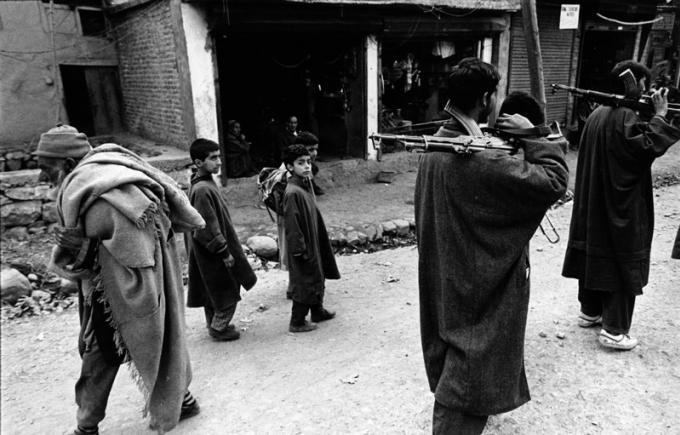
1989: Armed gangs of Kashmiri separatists patrolling a street of a town in J&K. Rising violence in the valley saw the exodus of hundreds of Hindu families from the area.
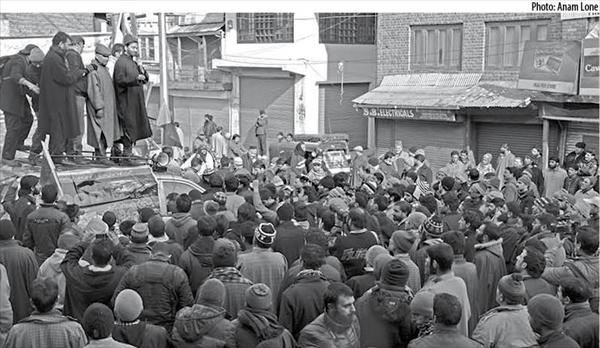
In 1990 JKLF led massive protest rallies in the valley. This provoked violent reprisals from Indian police and military.

Pakistan’s 1999 attack in J&K’s Kargil region was repulsed.

In 2003, military chief and president, Parvez Musharraf, revived Pakistan’s relations with India.
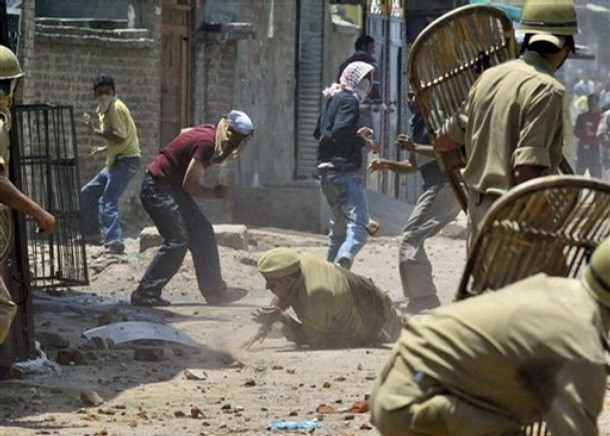
In 2008, massive protests erupted once again in J&K.
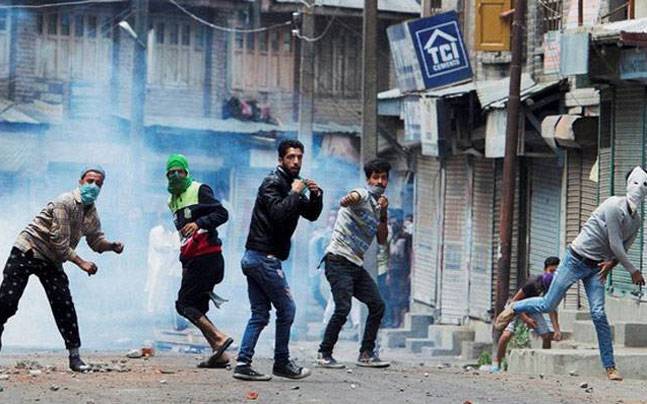
The protests intensified in 2016 and are continuing to this day.
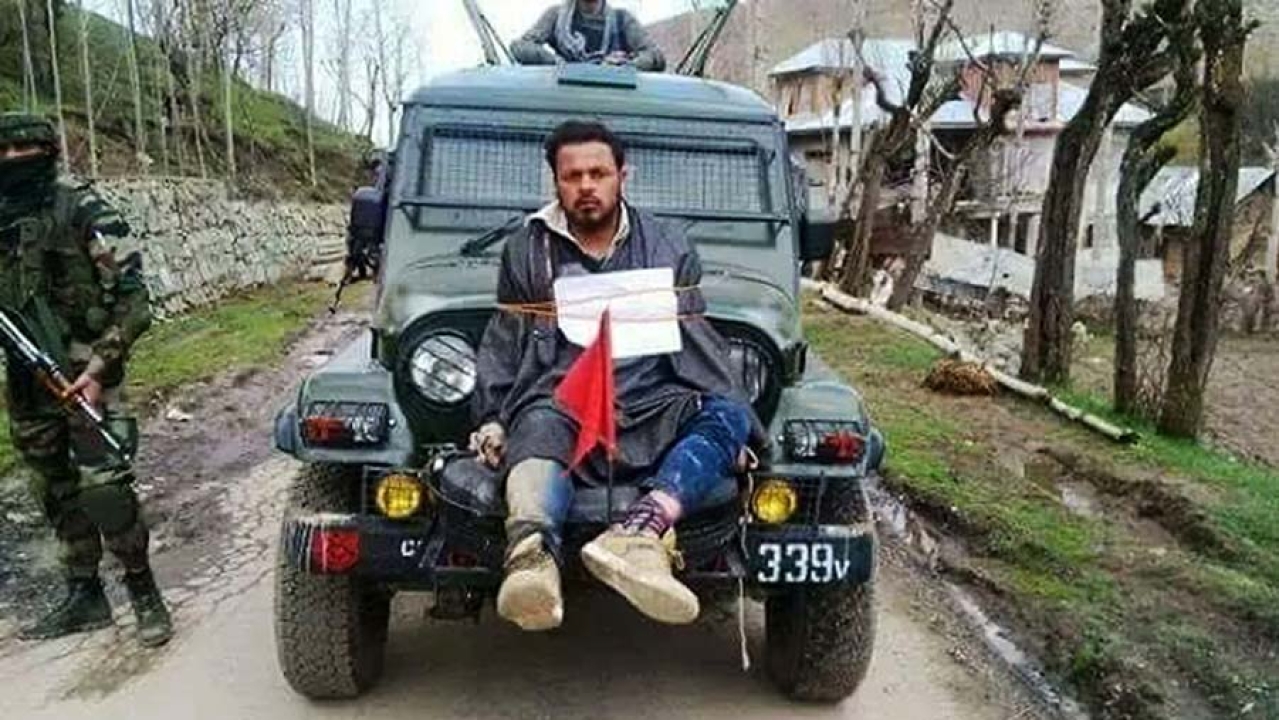
Indian military reprisals have intensified. Even though the involvement of ‘jihadi’ groups that began in the 1990s has significantly decreased, India continues to accuse Pakistan for fermenting violence in the valley.
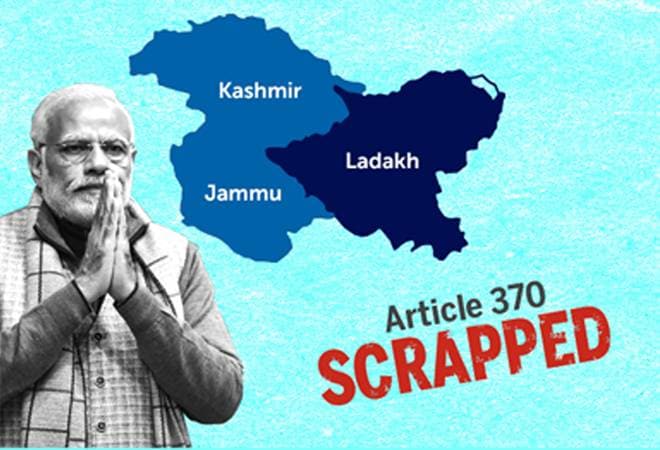
In August 2019, the right-wing Modi regime took the highly controversial step by scrapping Article 370 from the Indian constitution.
